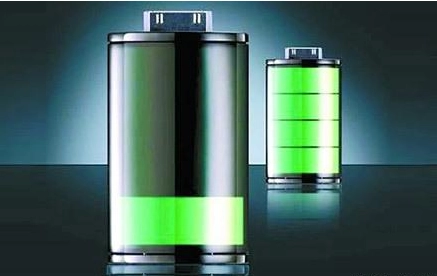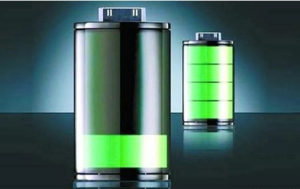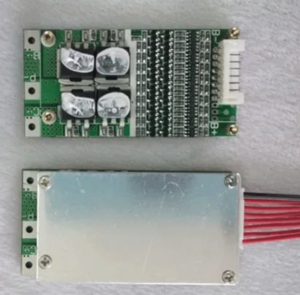The working performance of lithium batteries is greatly affected by temperature. Especially in low temperature environments, its performance and safety will be seriously affected. This article will deeply explore the performance impact of lithium batteries in low-temperature environments and propose corresponding protection measures.
1. The impact of low temperature on the performance of lithium batteries
1. Capacity and energy density
In low temperature environments, the capacity and energy density of lithium batteries will be significantly reduced. This is because the viscosity of the electrolyte increases and the ion conduction speed slows down, resulting in a reduction in the transmission efficiency of lithium ions in the electrolyte.
2. Charging and discharging efficiency
When charging at low temperatures, the charging efficiency of lithium batteries decreases, which may result in incomplete charging. During discharge, the discharge efficiency will also be affected due to the reduction in ion conduction speed.
3. Cycle life
Low-temperature charging and discharging can negatively impact the cycle life of lithium batteries. Due to the decomposition of the electrolyte and the deposition of lithium metal, the battery capacity will gradually decrease and the cycle life will be shortened.
4. Safety performance
In low temperature environments, the safety performance of lithium batteries will also be affected. In the case of overcharge or overdischarge, the battery may undergo thermal runaway, generating high temperature and high pressure, causing the battery to catch fire or explode.

2. Protection measures for low-temperature lithium batteries
1. Heating system
In low-temperature environments, in order to improve the working efficiency of lithium batteries, a heating system can be introduced. Through heating devices or heating elements such as thermistors, the battery temperature can be effectively increased, thereby improving the fluidity of the electrolyte and increasing the ion conduction speed. However, the design of the heating system requires precise temperature control to prevent overheating and damage to the battery.
2. Optimize battery management
Optimizing the battery management system (BMS) is an important means to improve the performance of lithium batteries in low-temperature environments. BMS can precisely control the charging and discharging process of the battery to prevent overcharging and over-discharging. In addition, BMS can also monitor the battery temperature in real time to prevent the battery from working in a low-temperature environment.
3. Choose low-temperature resistant battery materials
Choosing low-temperature-resistant electrolyte and separator materials is an effective way to improve the performance of lithium batteries in low-temperature environments. These materials can maintain better fluidity and ion conductivity at lower temperatures. However, this requires the development of new battery materials, increasing R&D costs and time.
4. Warm up the battery
Preheating the battery is a method of heating the battery before use. Preheating can effectively increase the battery temperature, improve the fluidity of the electrolyte, and increase the ion conduction speed. Preheating methods can be achieved through external heating, battery self-heating, etc. It should be noted that too long a warm-up time or too high a temperature may cause damage to the battery.
3. Conclusion
This article conducts an in-depth discussion on the performance impact of lithium batteries in low temperature environments and proposes corresponding protection measures. In order to improve the performance and safety of lithium batteries in low-temperature environments, improvements can be made in heating systems, optimizing battery management, selecting low-temperature-resistant battery materials, and preheating batteries. However, these protection measures need to comprehensively consider multiple factors such as cost, efficiency, safety, etc., so they need to be selected and optimized according to specific circumstances in actual applications.
4. Future research directions
With the continuous development of science and technology, the research on the performance of lithium batteries in low temperature environments will be more in-depth in the future. Research directions include: design and optimization of new heating systems; innovation and optimization of battery materials; more precise battery management systems and control strategies; and combination applications with other advanced technologies. These studies will provide more possible methods and ideas to solve the performance problems of lithium batteries in low temperature environments.




